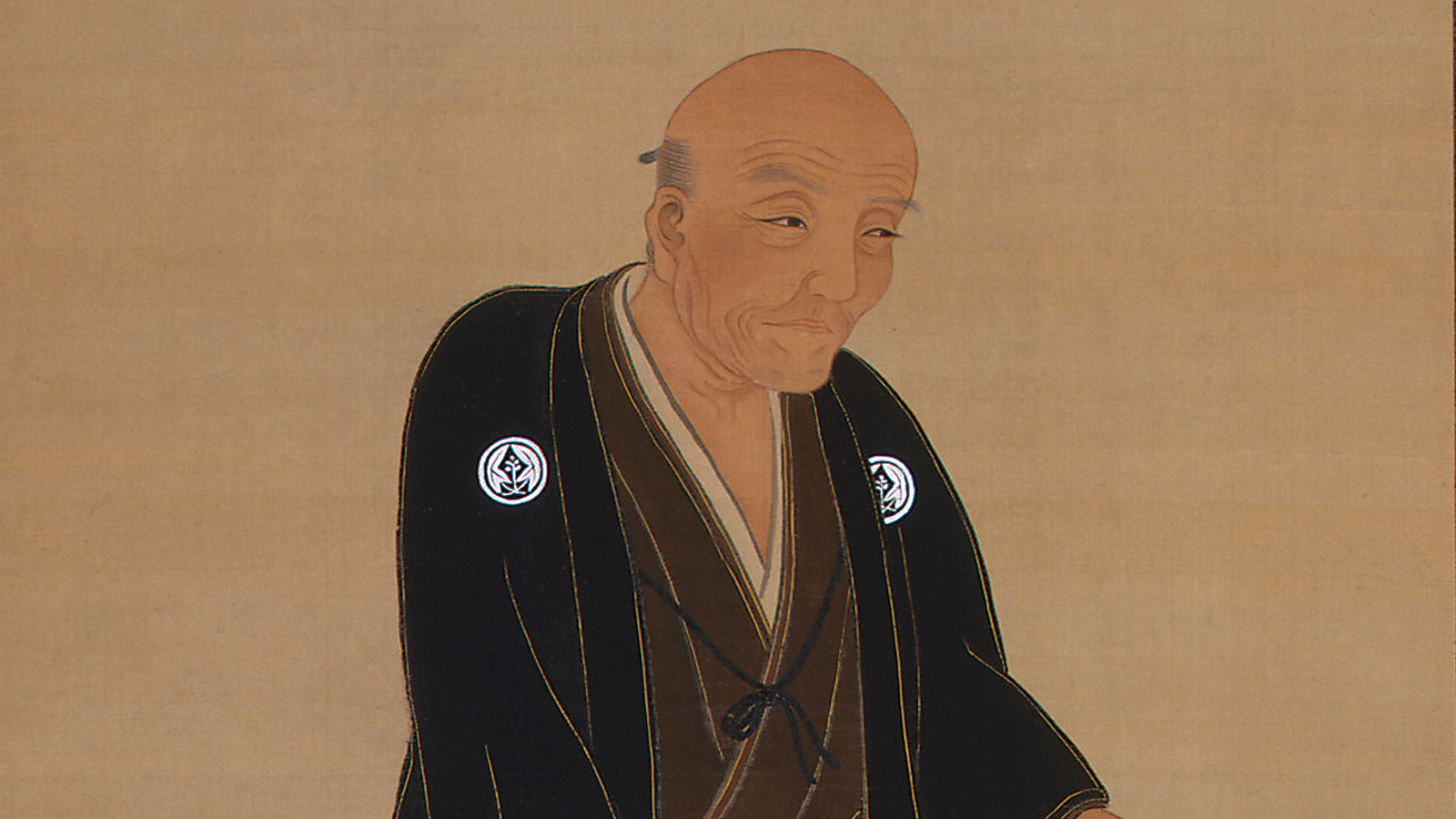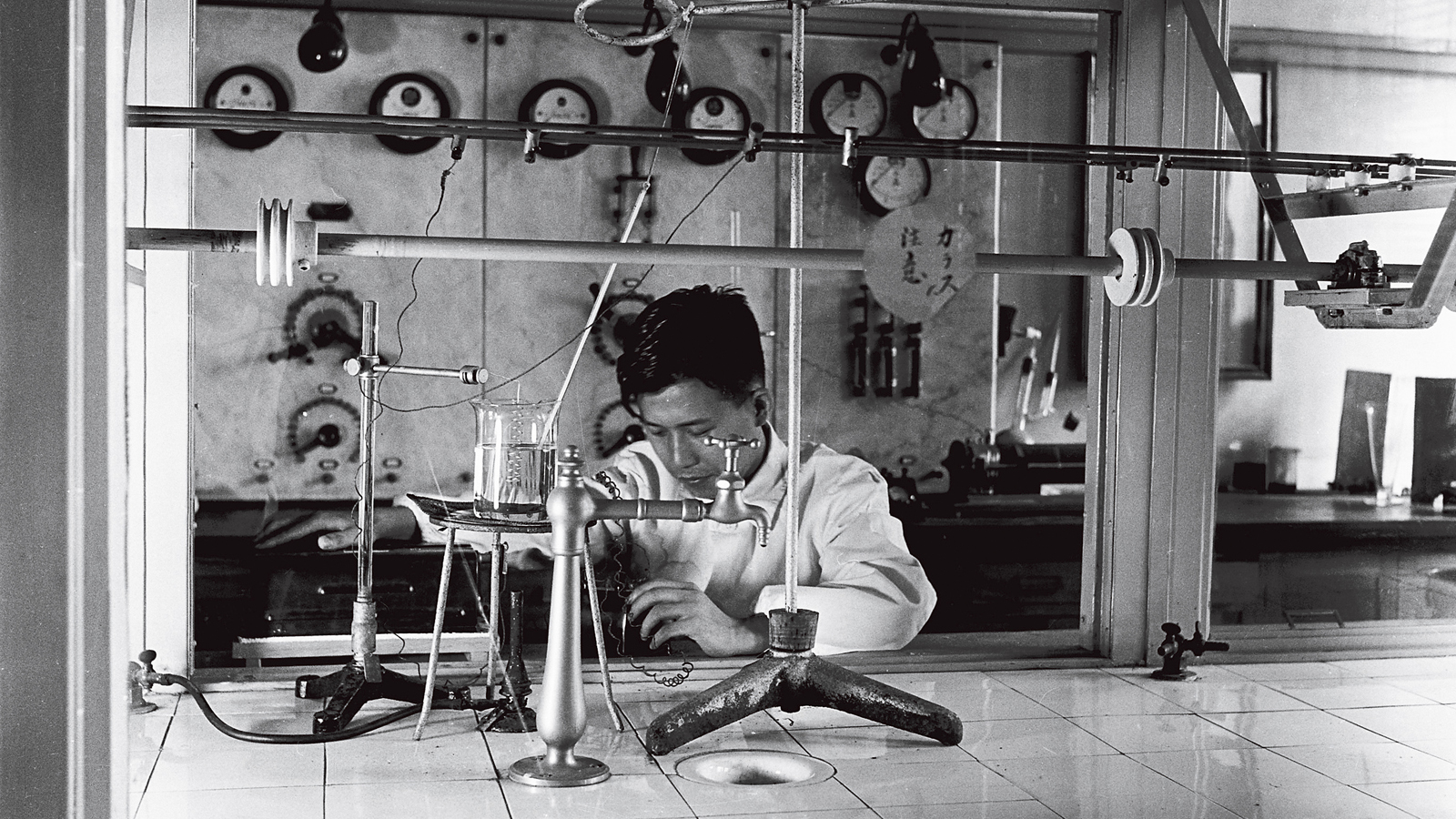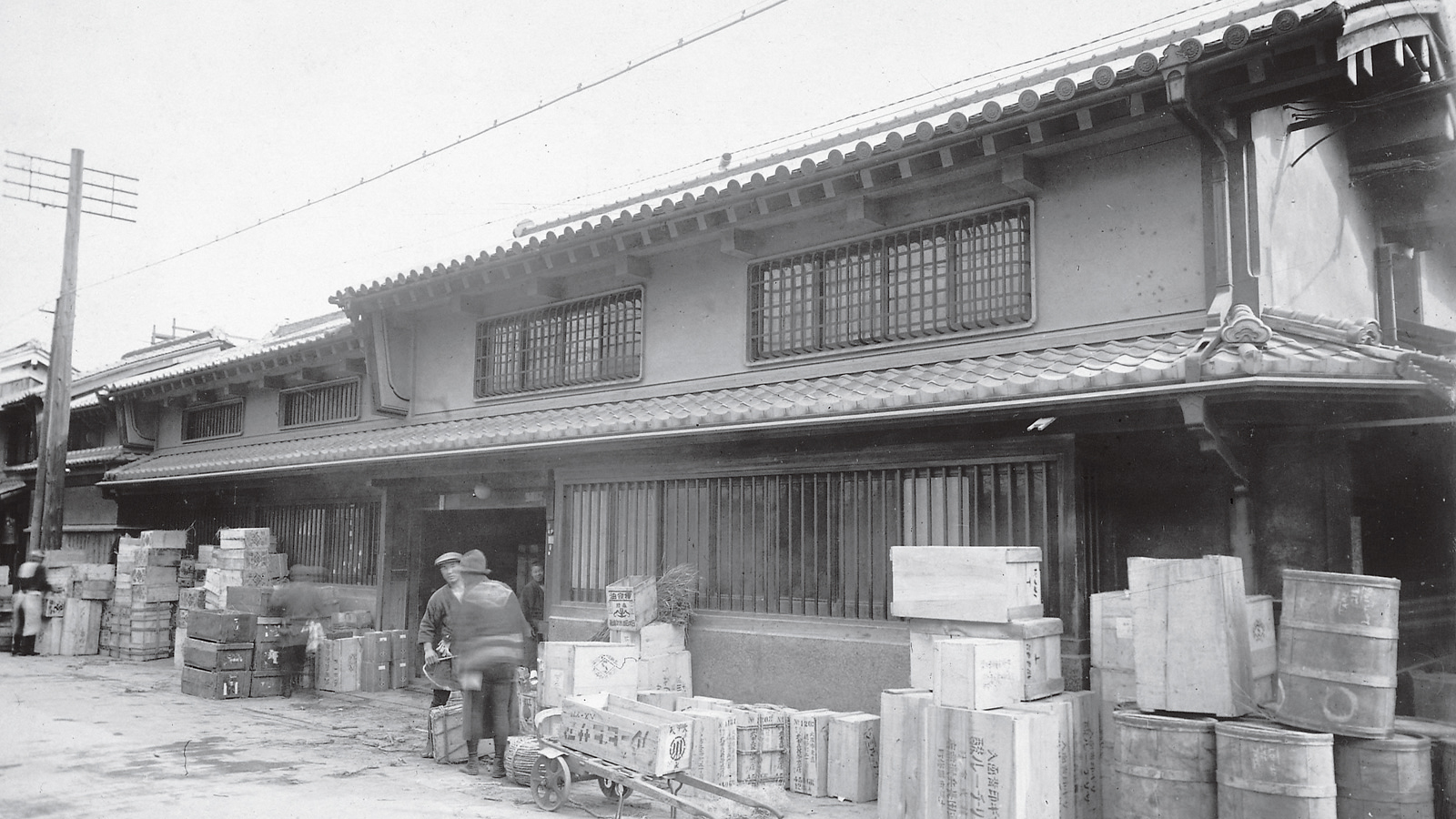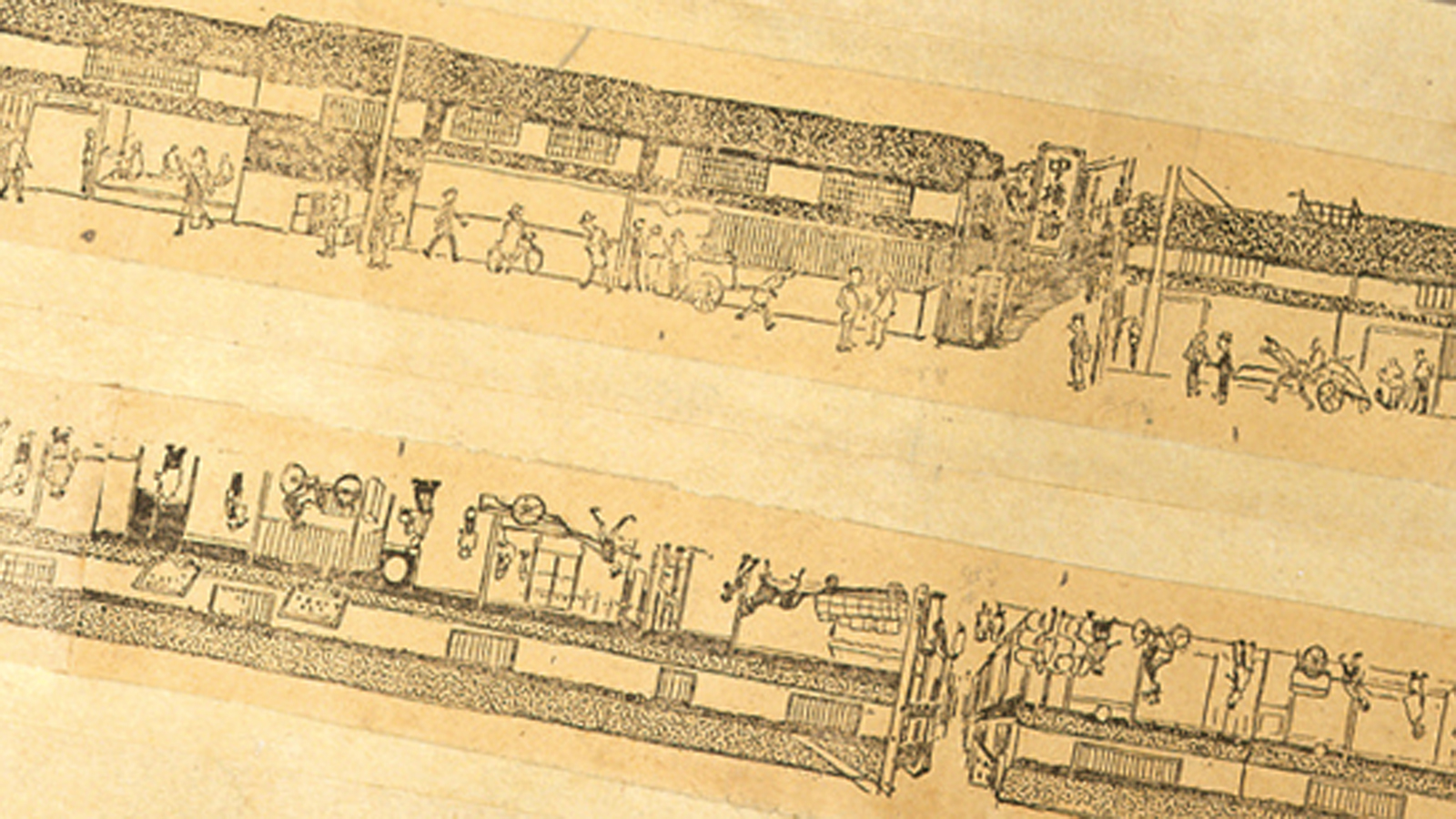
Foundation-Modernization: 1781-1944


Chobei Takeda IV led other medicine retailers in turning his attention to Western medicine. He formed a cooperative union for purchasing Western medicines in Yokohama and began transactions with foreign trading companies. Western medicines imported at the time included quinine, an anti-malaria drug, and phenol, an anti-cholera drug.
Takeda began direct imports from England, the U.S., Germany, Spain and other countries around 1895, and in 1907 obtained exclusive sales rights in Japan for products from German company Bayer. Thus, the business that began as a shop selling old-fashioned Japanese and Chinese remedies steadily increased its selection of Western medicines, before shifting its basic orientation to Western medicine.


Around this time, Takeda began introducing a succession of its own products. Among these were Calmotin®(a sedative), Novoroform®(an analgesic) and Lodinon®(an injectable form of D-glucose). Takeda steadily expanded its pharmaceutical business and even began exports to the U.S., Russia and China.




From an image of Kasukabe Kasumimura (drawing of shopping street)


This conservation has collected, grown and used herbs and other plants with medicinal value from around the world. Currently, the garden has more than 2,882 species of plants, including 104 endangered species.
*Established as "Kyoto Takeda Herbal Garden." The name was changed to "Kyoto Experimental Garden" in 1945 and changed again to its current name in 1994.